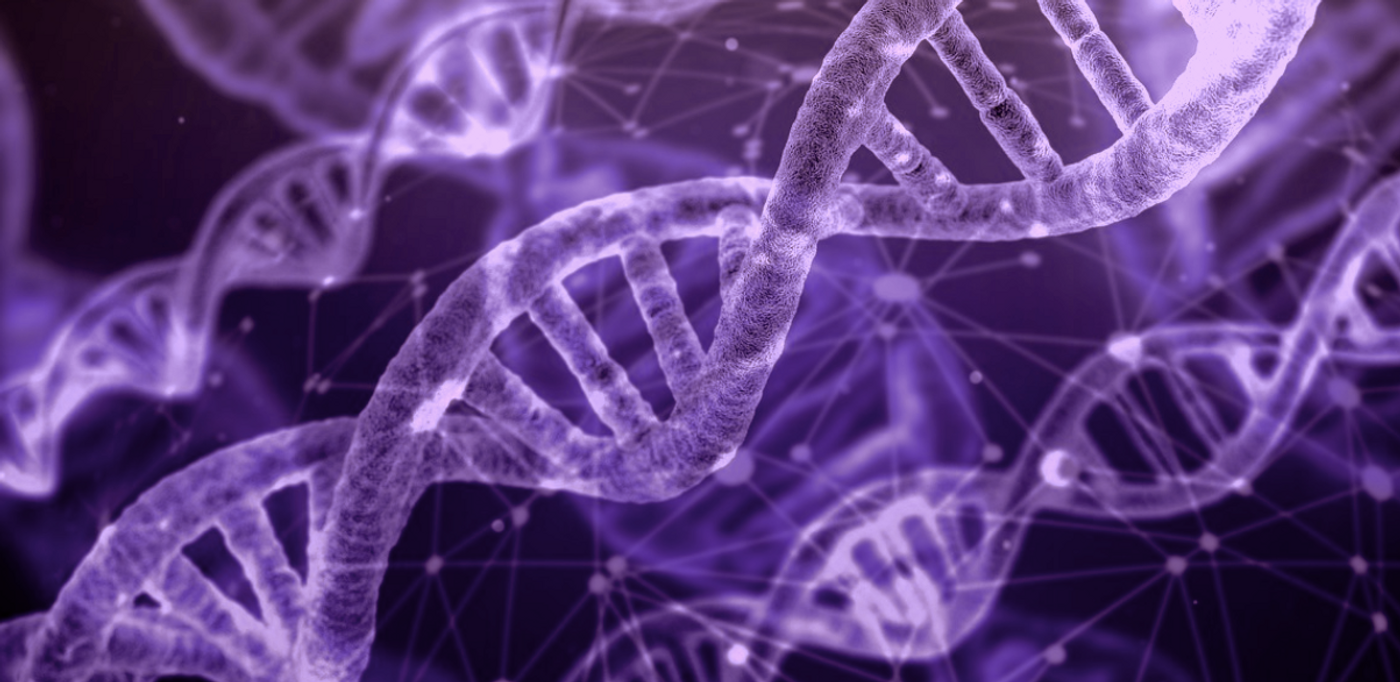A Natural Protein to 'SEND' Gene Editing Cargo to Cells
One of the most difficult aspects of gene therapy might be ensuring that it gets into the right cells safely so it can have a therapeutic effect. Researchers have now created a new way to deliver various types of RNA cargo to cells, which utilizes one of the human body's natural proteins to create particles that can bind to RNA. This approach, called SEND, may help reduce any immune response that would be mounted against a gene therapy. The work has been reported in Science.
Current delivery systems are not efficient, may integrate their cargo improperly, and can cause serious immune reactions. “The biomedical community has been developing powerful molecular therapeutics, but delivering them to cells in a precise and efficient way is challenging,” said senior study author Feng Zhang, Ph.D., a core institute member at the Broad Institute, among many other appointments. “SEND has the potential to overcome these challenges.”
The new SEND technique (Selective Endogenous eNcapsidation for cellular Delivery) takes advantage of a natural protein encoded in the human genome called PEG10. This protein can bind to RNA and will typically form a capsule around RNA molecules, protecting them from degradation. This human protein comes from a retrotransposon. Millions of years ago, this genetic element inserted itself into the genome of human ancestors.
The body has gradually worked proteins that come from retrotransposons into various cellular processes. Zhang's team knew that these proteins can bind and package different molecules, so they began to study them as delivery systems.
PEG10 was selected as a good target; it can apparently be used to package therapeutic RNA molecules and deliver them to cells. In this study, the researchers showed that it was possible to use PEG10 to package the components for the CRISPR-Cas9 gene-editing system and send them into cells. When the approach was tested, it resulted in gene edits.
In this study, the investigators found the sequences in the mRNA of PEG10 that allow PEG10 to recognize and package its own mRNA (which it does normally). Then they engineered PEG10's untranslated regions to add various RNA molecules that would also be identified and packaged by PEG10. The resulting PEG10 capsules were also adorned with proteins called fusogens that help cells fuse together. The fusogens are meant to be used to target specific types of cells.
The researchers noted that PEG10 isn't the only protein that can do this, and they are also intrigued by what the normal function of these proteins may be.
“That's what’s so exciting,” said first study author Michael Segel, Ph.D., a postdoctoral researcher in the Zhang lab.“This study shows that there are probably other RNA transfer systems in the human body that can also be harnessed for therapeutic purposes."
“By mixing and matching different components in the SEND system, we believe that it will provide a modular platform for developing therapeutics for different diseases,” said Zhang.
This work has a long way to go before it could be used in a clinic; the next step is to test the technology in animals.
“We’re excited to keep pushing this approach forward,” Zhang added.
Sources: Massachusetts Institute of Technology (MIT), Science









